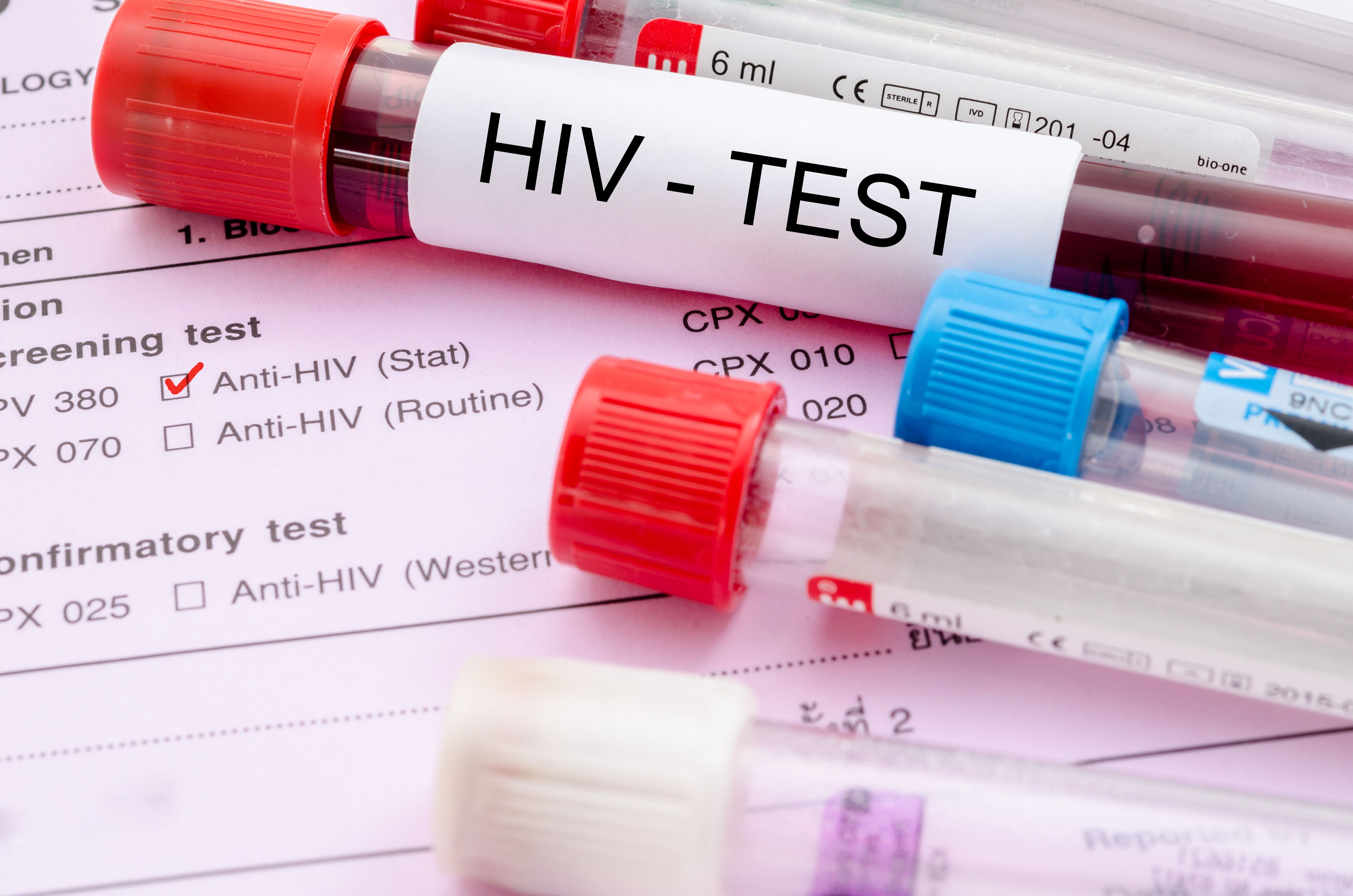New, Highly Virulent HIV Variant Found in the Netherlands
The VB variant likely originated in the late 1990s, and if left untreated, is more transmissible and deadly than prior HIV strains.

As the world continues to monitor the mutations of SARS-CoV-2, the virus that causes coronavirus, infectious disease experts remain concerned that the HIV-1 virus could do the same.
A new, “exceptionally virulent” strain of HIV has been confirmed in the Netherlands, according to a report published yesterday in Science. The HIV-1 virulent subtype-B lineage has been circulating in the Netherlands for several years, and was identified in at least 109 individuals.
People living with the VB variant had several notable differences from typical HIV infection (before commencing antiretroviral therapy), including twice the rate of CD4+ cell count decline, viral loads 3.5-5.5 times higher, and an increased risk of virus transmission.
Researchers note that after beginning antiretroviral therapy (ART), individuals infected with the VB variant had immune system recovery and survival comparable to people living with other HIV variants.
However, because the VB variant is more transmissible and causes more rapid immune system decline, early diagnosis and treatment are vital.
The myriad mutations of nearly 300 amino acids in the VB variant mean a single genomic cause cannot be identified. Genetic sequence analysis indicates the variant arose in the 1990s from de novo mutation rather than recombination.
Individuals positive for the VB variant had the typical age, sex, suspected mode of transmission, and birth region of all people living with HIV in the Netherlands. The increased transmissibility of the VB variant is a property of the virus itself, rather than of the people who contract it. 82% of the VB individuals were men who have sex with men (compared to 76% among all individuals living with HIV), and 86% were born in Western Europe (compared to 71% for non-VB individuals). The average time from infection to diagnosis for this cohort was an estimated 3.6 years.
Investigators believe the VB variant arose despite the Netherlands’ comprehensive HIV treatment, as effective treatment suppresses transmission. Nevertheless, the heightened virulence and transmissibility of the VB variant increase the need for accessible HIV testing and pre-exposure prophylaxis (PrEP).
